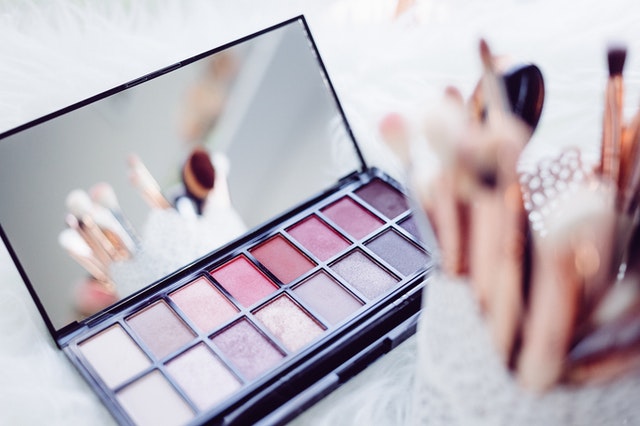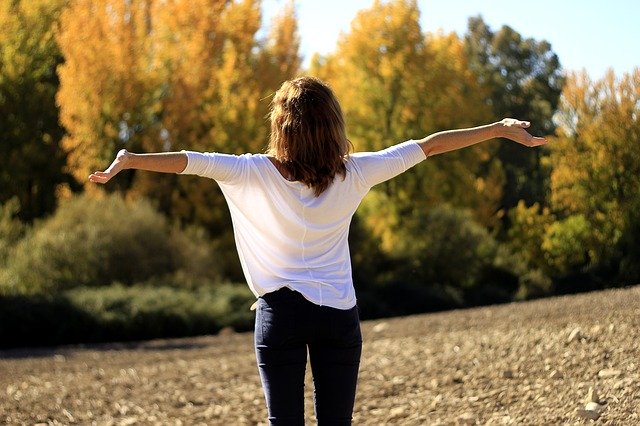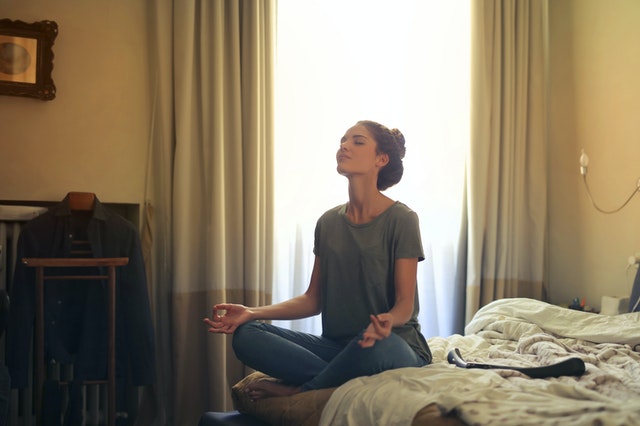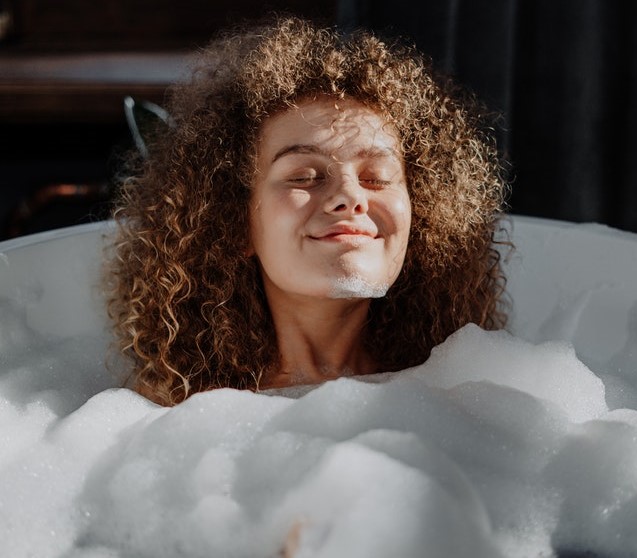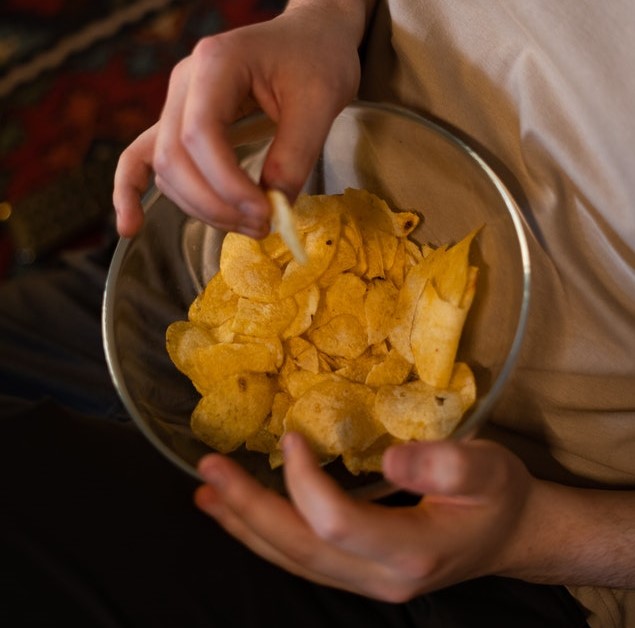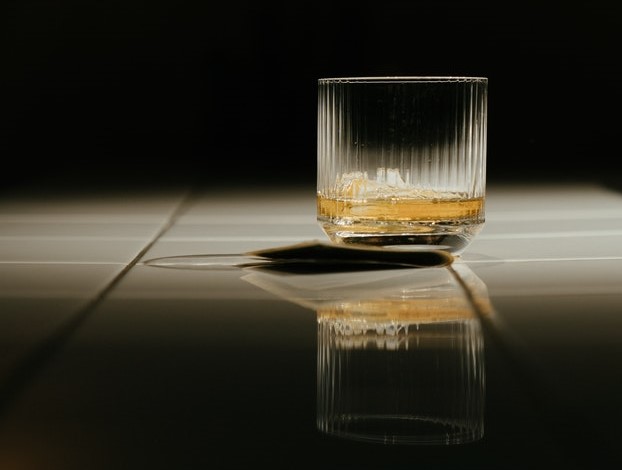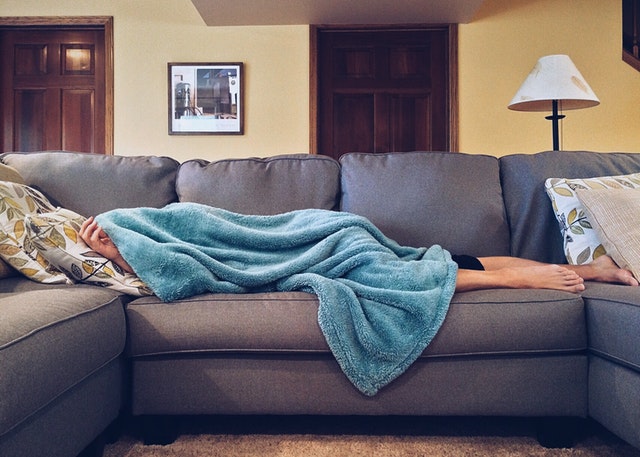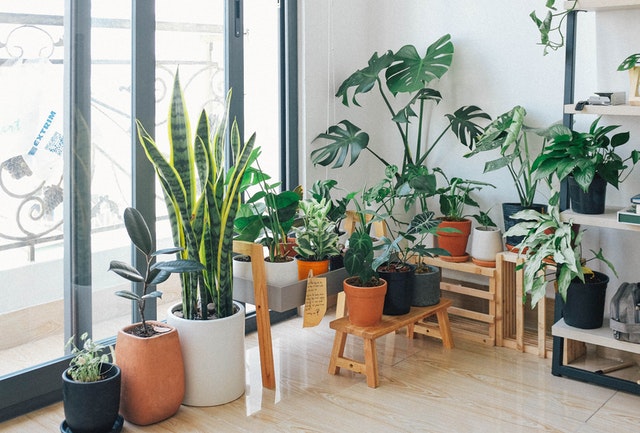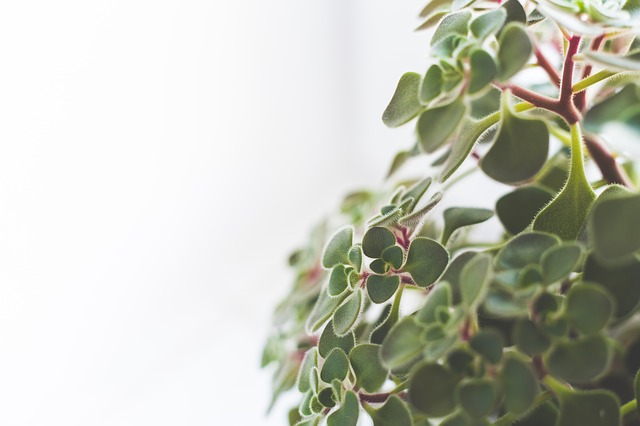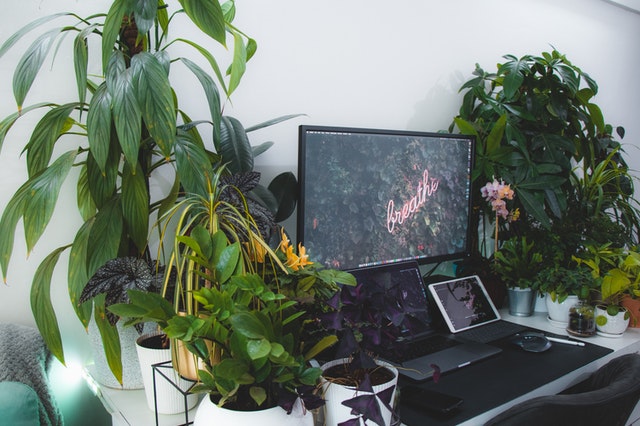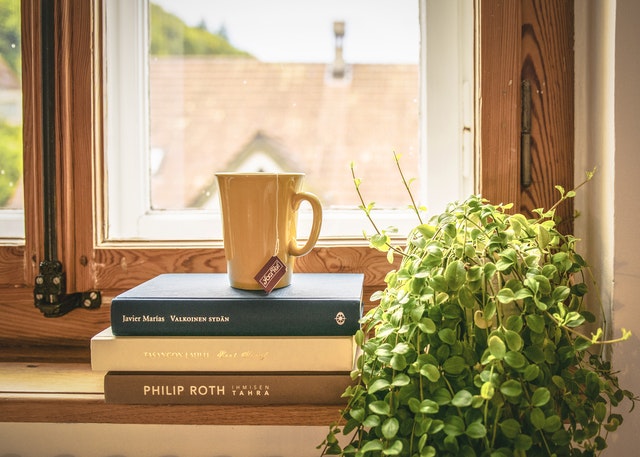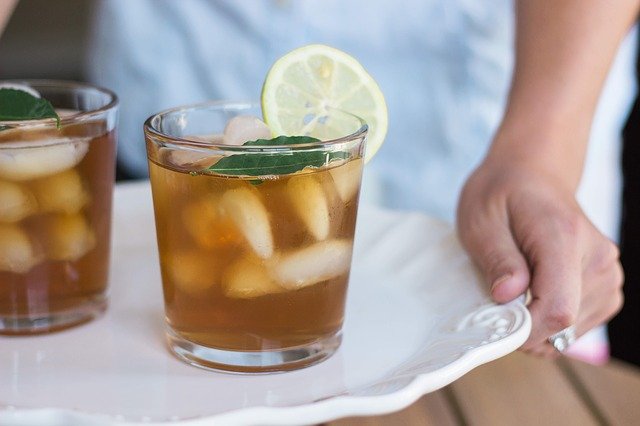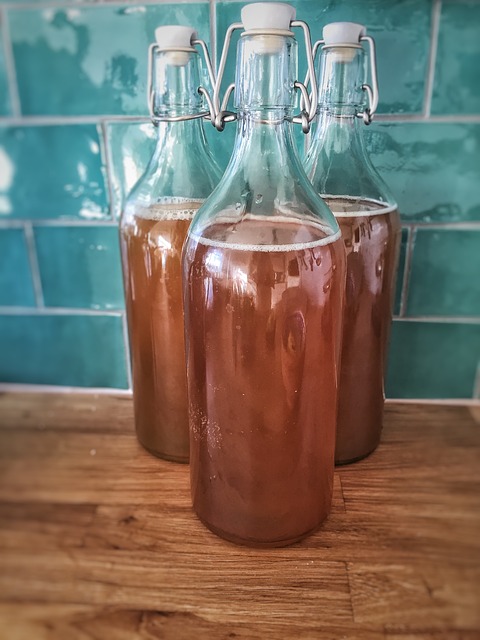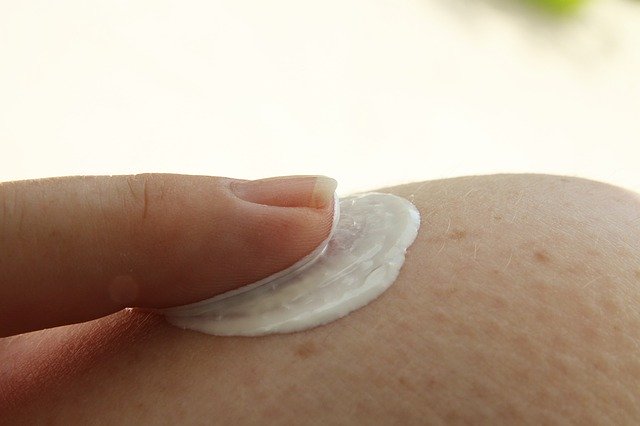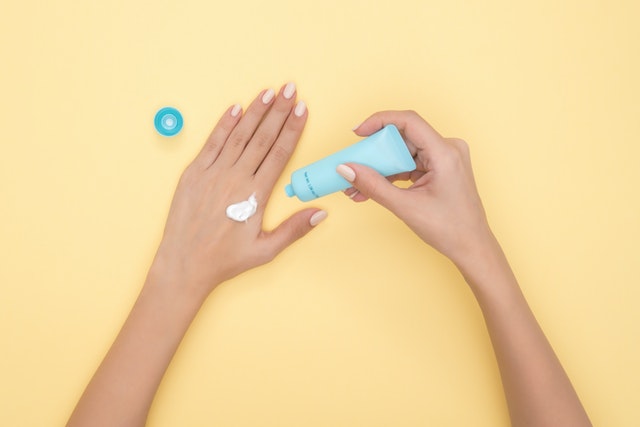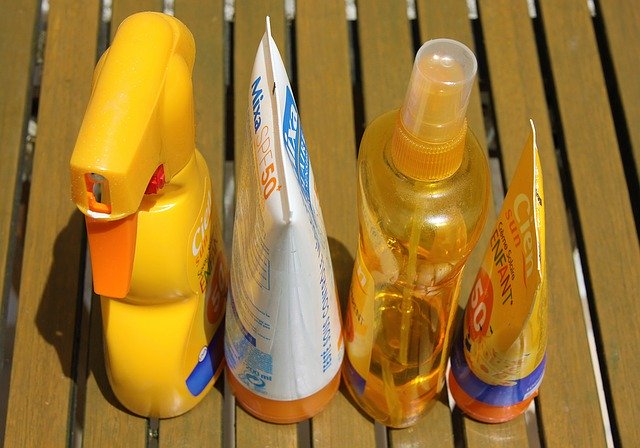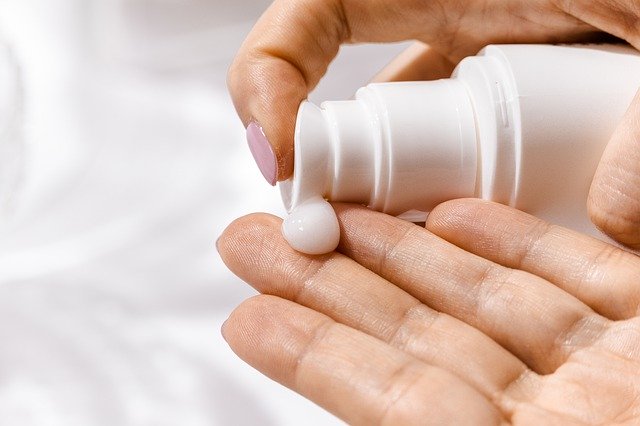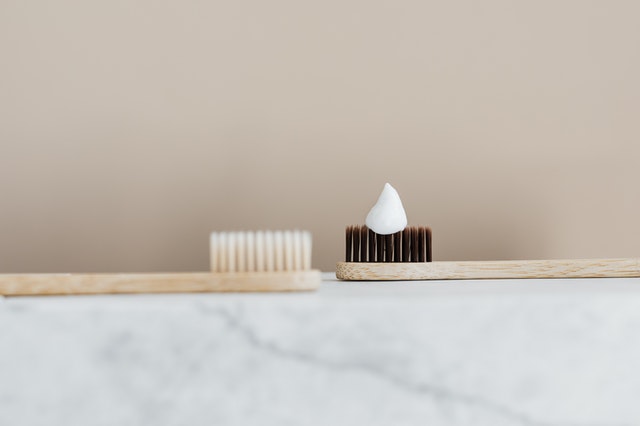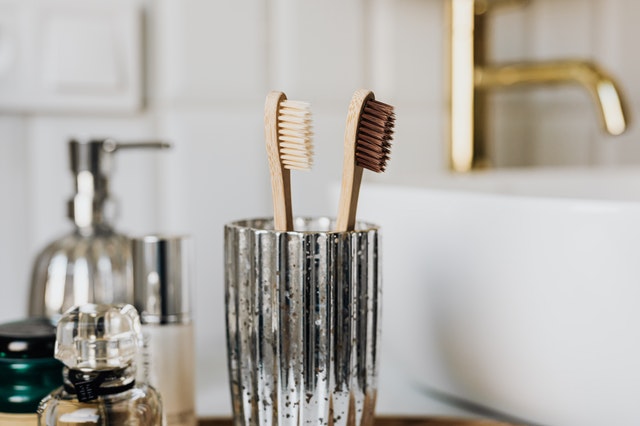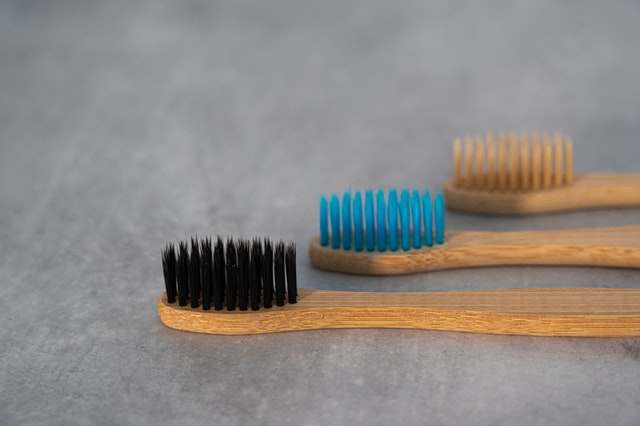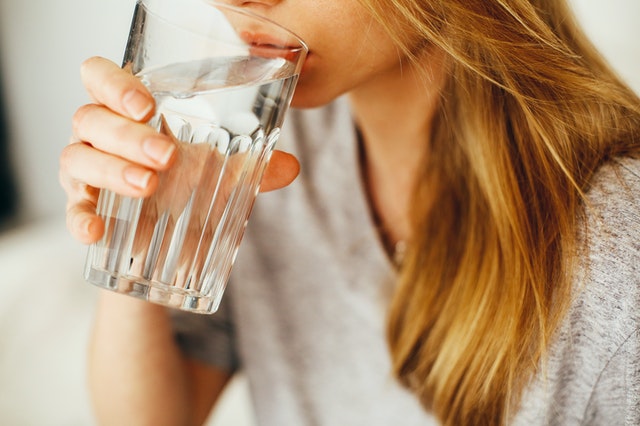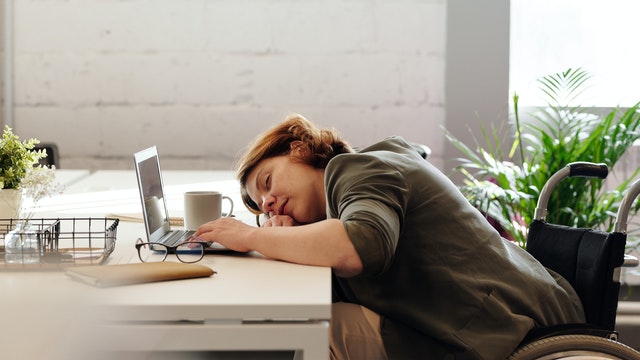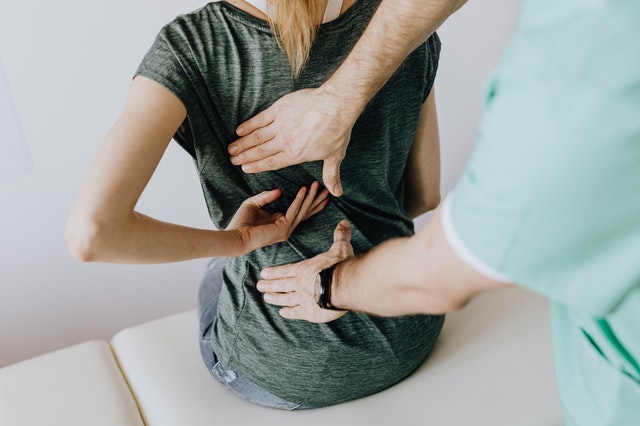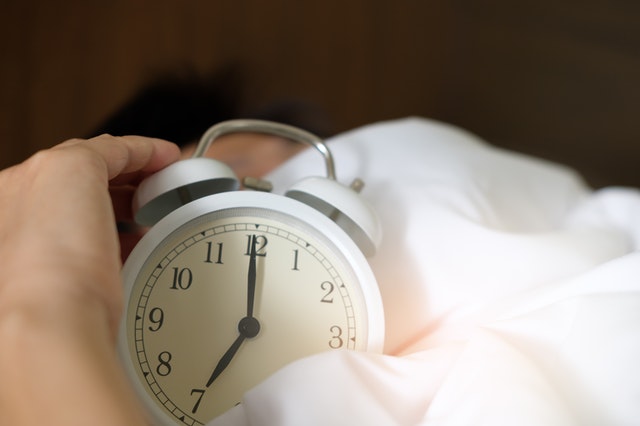It seems like a good year for cleaning out closets, redefining priorities, and generally doing a big life edit. If you've been feeling this way, too, you may not have thought about decluttering your beauty cabinet. It's a good thing to do a couple of times a year because every cosmetic product has a shelf life. When you start poking around in there, you may be shocked by how old some of your stuff is. Time flies, right? The age of a product isn't the only benchmark to consider when ditching beauty products, though. Consider the following when making decisions about what to keep and what to toss.
Toxins and Other Unhealthy Ingredients
You may have heard of the dirty dozen list that tells you which types of produce are most likely to be contaminated with pesticides, but did you know there is also a dirty dozen list that pertains to beauty products? The list includes sodium laureth sulfate, formaldehyde-releasing preservatives, and parabens. You may be shocked to learn that these potentially cancer-causing ingredients are not prohibited in products that touch your skin. It's up to you to educate yourself and avoid these products. You should also steer away from products that are comedogenic, such as coconut oil, or too harsh for your delicate facial skin, such as pore strips.
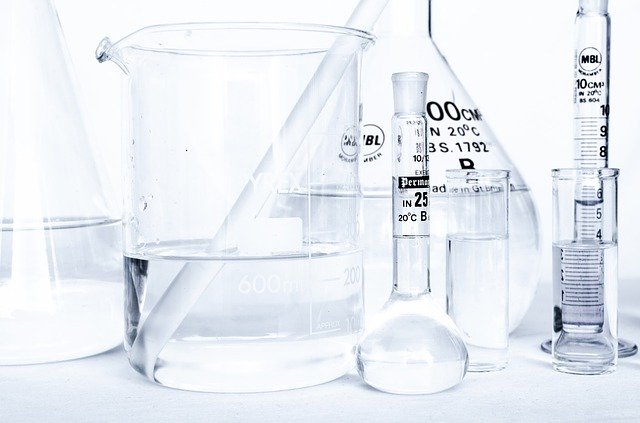
Unethical Practices
If a cosmetic label says "not tested on animals," that means it's not tested on animals, right? Not necessarily. Such a claim may apply only to the finished product. Some cosmetics producers contract with other companies to do their animal testing for them, or they may use ingredients that are currently tested on animals. If cruelty-free products are important to you, find out about certifications such as Leaping Bunny and what the certification guarantees. You may find that some ingredients have been extensively tested on animals in the past, but are no longer used that way because their safety has been proven for decades.
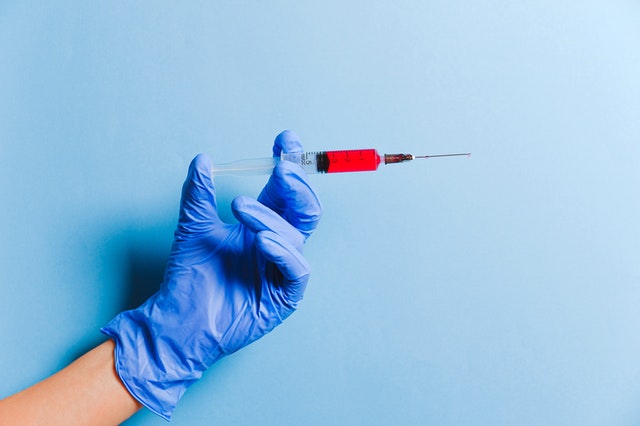
Non-sustainable Packaging
Sheet masks, disposable wipes, and non-recyclable packaging add a considerable amount of pollution to the earth when you throw them out. Look for packages that can be recycled at home or find a beauty supplier that takes back packaging for industrial recycling. Another option is to purchase durable containers that you can reuse when the product is gone. Many high-end beauty products come in glass containers that can be refilled or used for crafts or to hold small items on your desk.
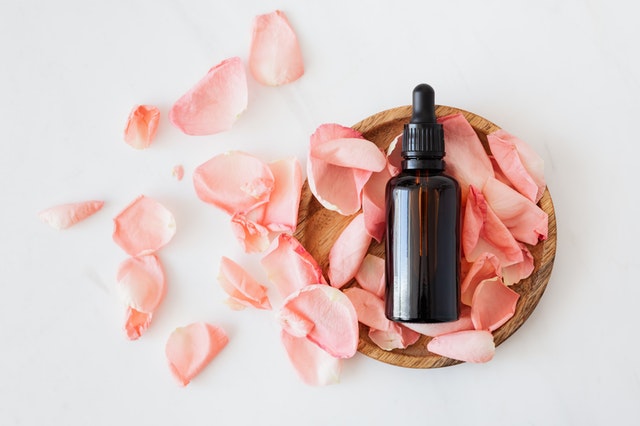
The bottom line is that you should know what's in the products you're using. Read ingredient lists and claims you find on labels. Know which claims have standardized meanings and which are only marketing speak. When you know what's important to you and you understand cosmetics labels, you're in a terrific position to make good choices about what you'll allow into your home and onto your skin. Although it may be difficult to throw out containers that still have product in them, your body and mind will thank you for taking a stand.

